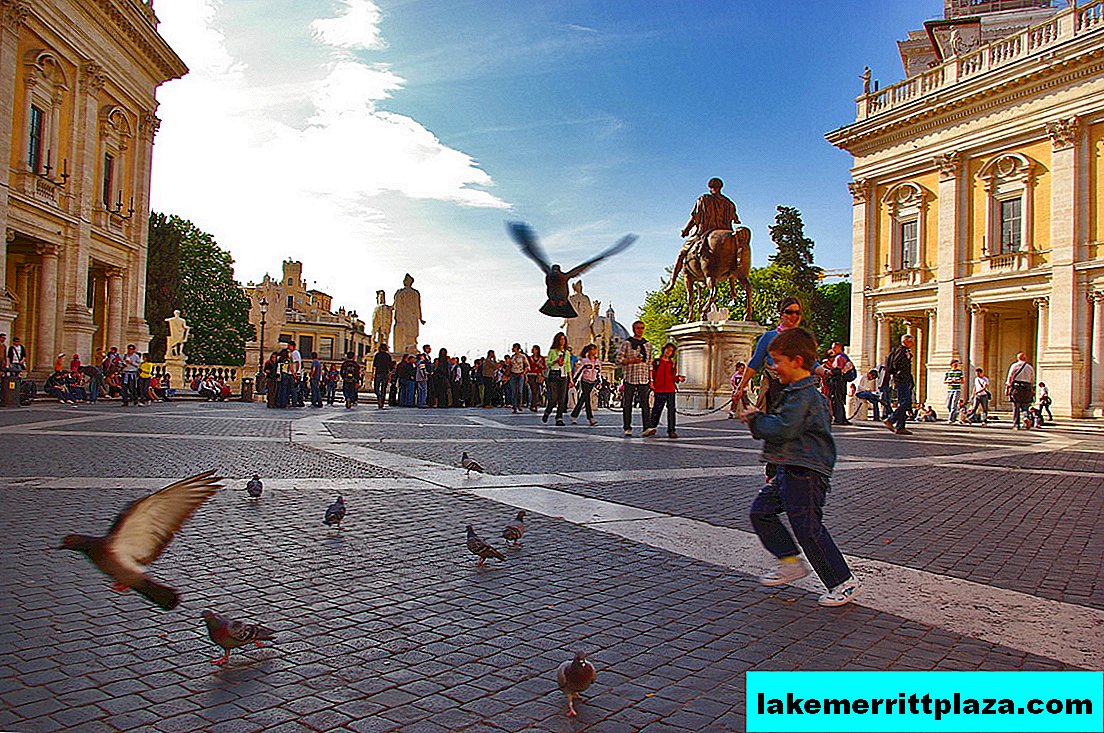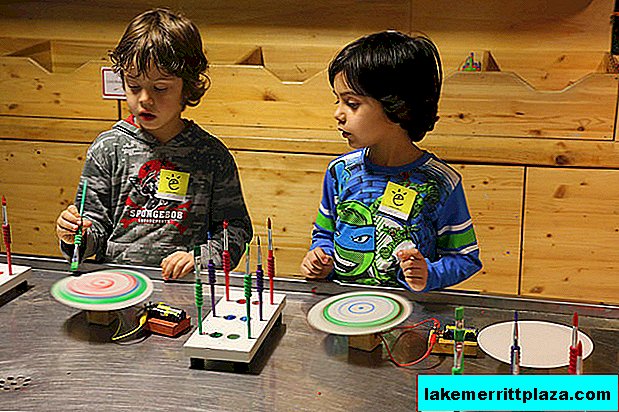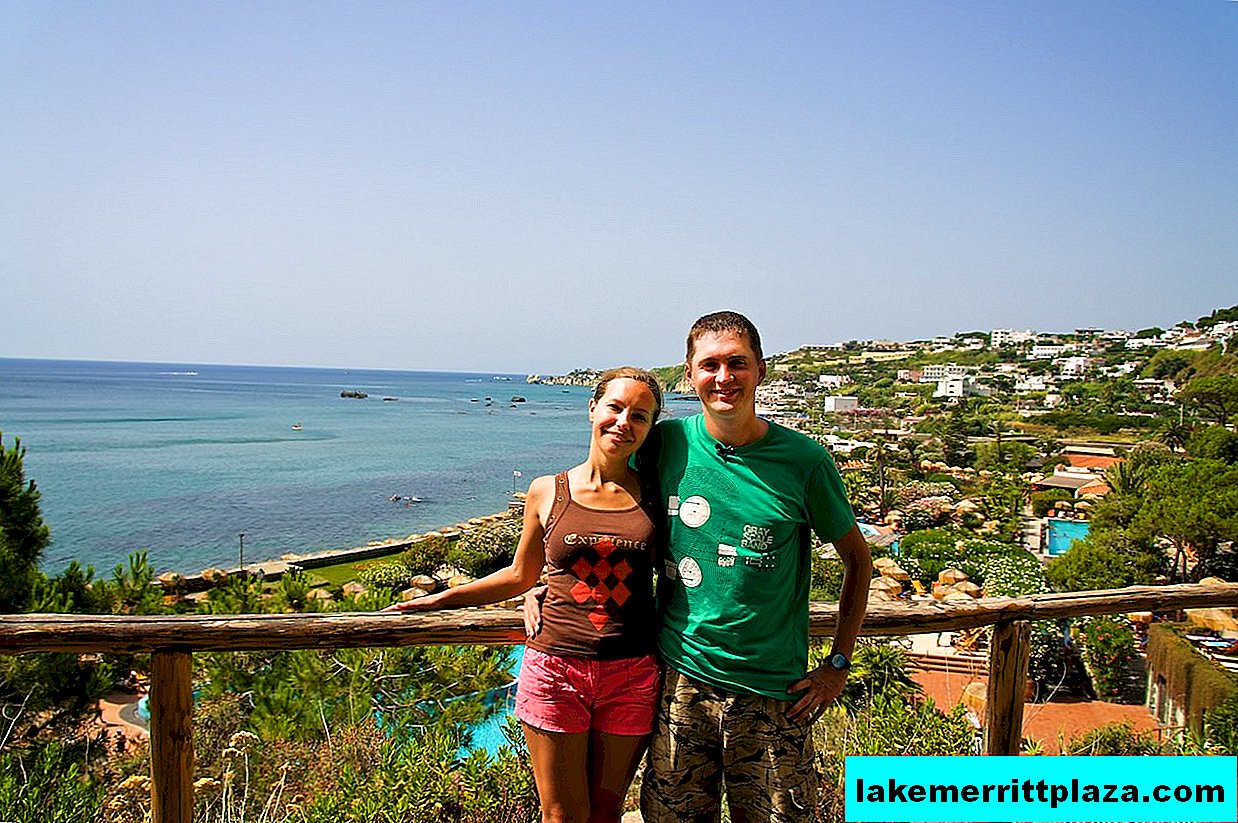High above Florence, on a hill separating the valleys of the Munnone and Arno rivers, is the city of Fiesole. It is worth a visit, because the hill offers a magnificent view of Florence, and the city has something to see. Fiesole - once the favorite vacation spot of the Medici family, will leave in your memory the most pleasant memories.

The city of Fiesole - "an authentic earthly paradise" in Tuscany, photo by Alejandro Tejada
Fiesole is a beautiful town in Tuscany, about six kilometers from Florence. Situated on a hill, the city rises above Florence. Rising along the serpentine of a mountain road, you can admire the extraordinary panorama of the city spread in the valley and take original photographs. Mountain fresh air is another reason to visit this beautiful city. Today Fiesole is a fashionable place. Villas behind high fences disrupt the privacy of their inhabitants.
City `s history
Fiesole has existed since about the 10th century BC. - This is the oldest of the Florentine suburbs. The Etruscans, who founded the settlement here, erected a fortress wall around it (fragments of ancient fortifications remained in the northern, eastern and southern parts of the city). Near the remains of the wall, on Bargellino Street, two Etruscan tombstones have survived.
At the end of the III century BC Fiesole was captured by the Romans. From Roman times, the ruins of the term, the ruins of the temple, the amphitheater (now holds summer music festivals) have survived in the city. All ancient sights, including the remains of city walls, are included in the Archaeological Zone. You can get to it from the Bandini Museum.
The city was steps on a hillside above the valleys of Munnone and Arno. Thanks to his advantageous position, he flourished and in many ways surpassed Florence. In the Middle Ages, the Cathedral of San Romolo, the Episcopal Palace, several churches, and the Franciscan monastery were built here.
Fiesole's independence ended in 1125: Florence captured the city and subjugated it. He became a "country" for the Florentine aristocrats. Many noble families built summer residences here.

Panorama of Florence, photo by Andrea-Pucci
Climate
Due to the high location of Fiesole, the climate here is considered drier and healthier than in Florence, which lies in a swampy hollow. "The true earthly paradise" called this city Giovanni Bocaccio in his "Decameron". From the hill on which the Franciscan stands Monastery of San Francescowonderful views of the hills of Tuscany, groves of olive trees and vineyards; to the famous "city of flowers" - Florence.
Sights
Where there was a Roman forum in ancient times, now is the "heart" of the city - Piazza Mino da Fiesole(piazza Mino da Fiesole). Around it is the historical center.

Fiesole Cathedral or Cathedral of San Romolo, photo by Carla Costa
Rectangular Campanile rises above Mino Square The cathedral (Duomo di Fiesole) - the oldest example of Roman Tuscan architecture.

Monument to King Victor Emmanuel II and Hero of Italy - Garibaldi, photo g_u
Near the fence of the temple of San Romolo, two bronze equestrian monuments are installed: King Victor Emmanuel the Second and the hero of Italy - Garibaldi.
Not far from the cathedral is a yellow two-story building with a Tuscan colonnade. it Pretorio Palace(Palazzo Pretorio) - city hall.

Roman theater with 3000 seats, built in the 1st century BC e., included in the Archaeological Zone, photo intoscana.it
Here, on the Piazza Mino, you can see the entrance to Archaeological area (L'area archeologica). The restored Etruscan and Roman ruins are located on a hillside overgrown with cypresses.

Bandini Museum
Via Dupre is located Bandini Museum(Museo Bandini), opened since 1795 in the church of St. Ansan of Siena. Here are collected old gilded stained-glass windows, ceramics, furniture, marble bas-reliefs; a significant collection of paintings by Florentine masters of the XIII-XV centuries.

Monastery of San Domenico
On the southwestern edge of the city stands Monastery of San Domenico(Convento di San Domenico). Now the European University is working in it.

Badia Fiesolana Abbey, photo by Matteo Bimonte
Two hundred meters from it - another ancient monastery - Badia Fiesolan Abbey(Badia Fiesolana).

Villa Medici
Between Badia and the historical center of Fiesole is located Villa Medici (Villa Medici a Fiesole), built in the 15th century by architect Michelozzo for Cosimo Sr. Today it is owned by private individuals and is closed to visitors.

Villa Tatti
But villa tatti(Villa I Tatti), owned by the "Prince of the Renaissance" - art critic Bernard Berenson, was transferred to Harvard University by will.
How do I save on hotels?
Everything is very simple - look not only at the booking. I prefer the search engine RoomGuru. He is looking for discounts at the same time on Booking and on 70 other booking sites.








